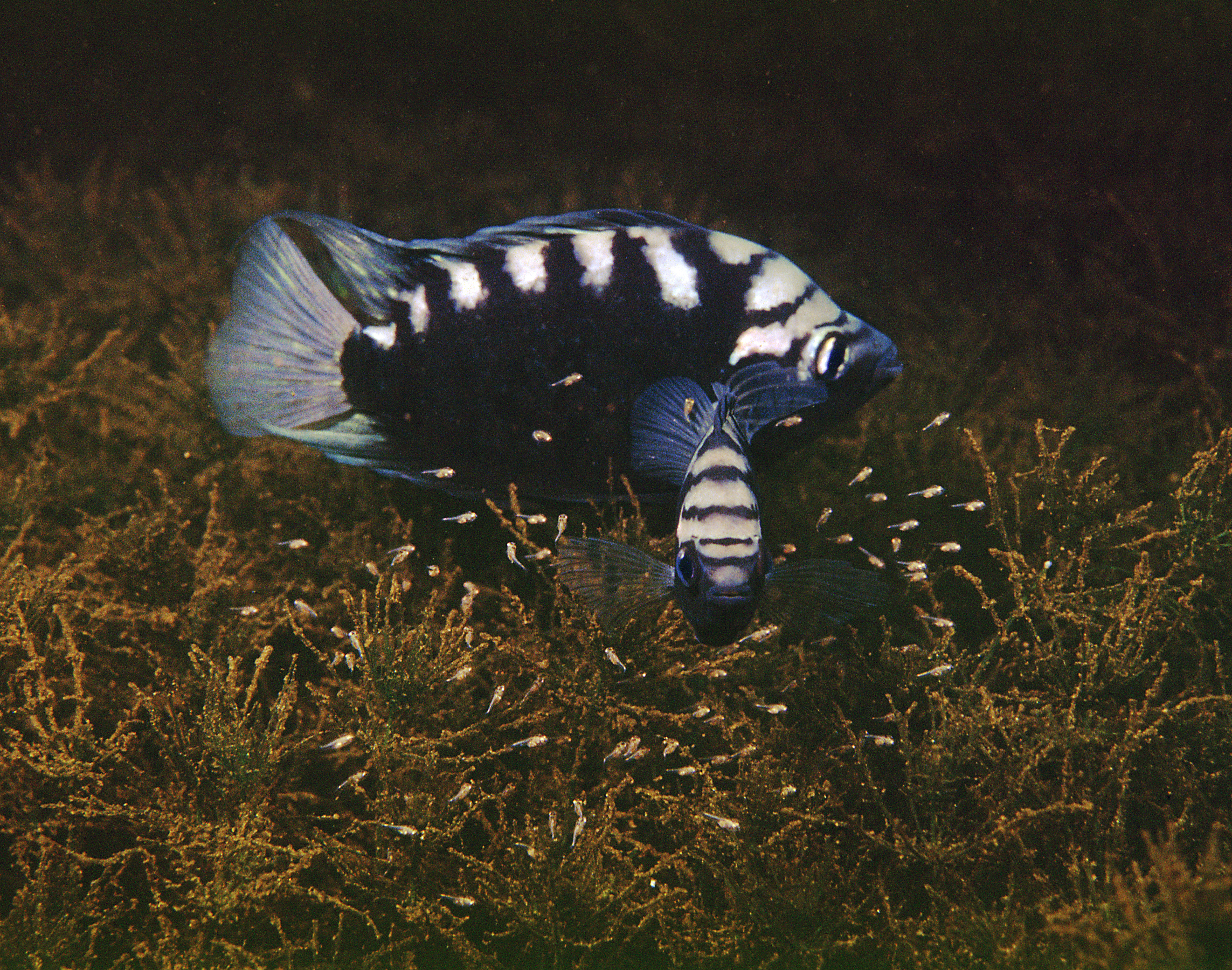
The map of life
The mission of the international research consortium called the “Vertebrate Genomes Project” (VGP) is to sequence a representative genome of all vertebrate species. Now the methodological tools have been developed and the first 16 test genomes have been completed. This international large-scale project involves the University of Konstanz.
The Vertebrate Genomes Project (VGP) is a global research network with an ambitious goal: Generating complete genomes of all living vertebrate species. More than 100 research groups are part of the international consortium with the goal of determining the genetic information of over 70,000 species. Now the research network publishes an optimized sequencing and assembly protocol for efficient, highly precise and cost-effective genome analysis – and presents the genomes of the first 16 animal species (full list see below) sequenced with this method and in line with the "VGP standards". Right from the start, the evolutionary biologist Professor Axel Meyer from the University of Konstanz and his team were conceptually involved in this project. The results were published on 28 April 2021 in Nature.
Within the framework of this large-scale project, genome data were primarily generated at three sequencing hubs that have invested in the mission of the VGP including the Rockefeller University Vertebrate Genome Lab, New York, USA (partly supported by the Howard Hughes Medical Institute), the Wellcome Sanger Institute, UK, and the Max Planck Institute of Molecular Cell Biology and Genetics in Dresden, Germany.
Blueprint of life
Genomes are the “blueprint of life”: They are the entire genetic material of which a creature is composed. Knowing the genetic blueprint of an organism is an important basis for answering many biological and medical questions. Until a few years ago, however, only very few complete and error-free genomes, mostly of so-called animal “models”, were available.
The first genomes were decoded in the mid-1990s: first the genomes of a bacterium and of yeast, then of more complex organisms such as the nematode and the fruit fly. A little later, starting in 2001, the first vertebrate genomes of mice and humans followed – still quite fragmented and full of errors. “Sequencing these first genomes was very laborious, expensive and involved a lot of manual labour”, says evolutionary biologist Dr Paolo Franchini, a member of Axel Meyer’s research team in Konstanz.
Consequently, the sequencing of all genomes of the approximately 70,000 species of vertebrates seemed impossible. The Vertebrate Genomes Project’s aim has been to develop a more efficient, cost-effective method to sequence and assemble all vertebrates’ genomes as precisely and error-free as possible and set a quality standard of genome sequencing. Utilizing the expert knowledge of more than 100 research teams – including Axel Meyer’s team – and after more than five years of work, the development of an optimized approach has now been completed. The know-how will be freely accessible worldwide, in a collection of publications in the Nature issue mentioned above.
Binoculars and magnifiers
“Actually, we were not only looking for the best sequencing technology, but for the best combination of technologies”, explains Axel Meyer. The process recommended by the Vertebrate Genomes Project combines three methods: the sequencing of very short genetic sections (short reads), the sequencing of longer sections (long reads), and the sequencing of pieces of DNA of distant parts of the same chromosomes.
Short reads provide very precise results, however, only of very short, fragmented stretches of the genetic material. Long reads on the other hand give a broad overview of genomic sections, but come with a number of errors. The combination of these two methods allows us to construct long and accurate pieces of DNA. Figuratively speaking, this can be compared to binoculars and a magnifying glass: With long reads we first look at the genetic landscape like with binoculars to get an overview and map the gene segments. In the next step, short reads examine the mapped sections like a magnifying glass and reveal details so we can “grind away” errors.
In addition, to complete the workflow, a third sequencing method (short reads from distant genomic locations within the same chromosomes) permits to connect these pre-assembled long stretches of error-free DNA in order to form chromosomes. The Vertebrate Genomes Project recommends combining these three methods in a new procedure.
70,000 genomes in a decade
The researchers involved are optimistic that the new method will enable them to complete the gigantic task of sequencing all of the more than 70,000 vertebrate species within around a decade, once funded. They have already delivered the first 16 genomes along with the sequencing method – including all six major classes of vertebrates. Interested research groups are explicitly welcome to join the large-scale project and take over the sequencing of one of the 70,000 animal species.
Key facts:
- Original publication: "Towards complete and error-free genome assemblies of all vertebrate species", Rhie et al. 2021.
DOI: https://dx.doi.org/10.1038/s41586-021-03451-0 - Scientific contact: Professor Axel Meyer, phone: +49 7531 88 4163, email: axel.meyer@uni-konstanz.de
- Development of a quicker, more efficient and cheaper method to produce high-quality genome sequences of all vertebrates
- At the same time as the new method, the genomes of 16 vertebrates have been published: Phyllostomus discolor, Rhinolophus ferrumequinum, Lynx canadensis, Ornithorhynchus anatinus, Taeniopygia guttata, Strigops habroptilus, Calypte anna, Gopherus evgoodei, Rhinatrema bivittatum, Mastacembelus armatus, Anabas testudineus, Archocentrus centrarchus, Astatotilapia calliptera, Cottoperca trigloides, Gouania adriatica, Amblyraja radiata.
